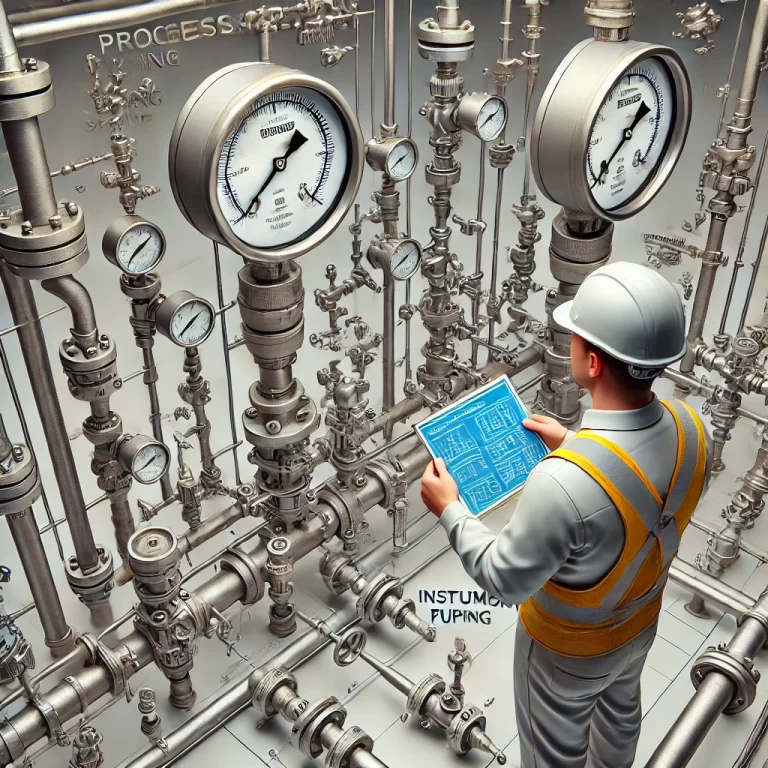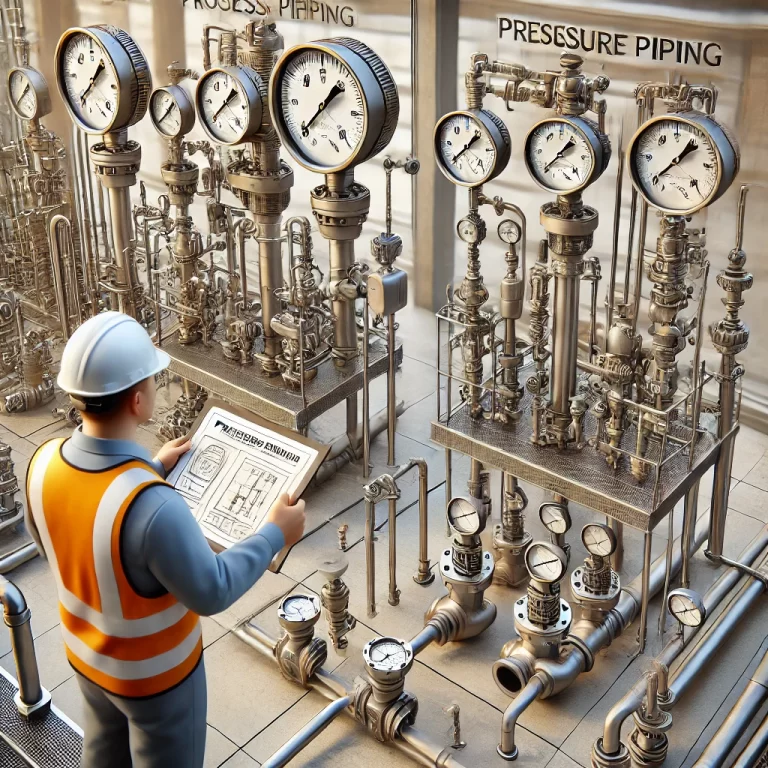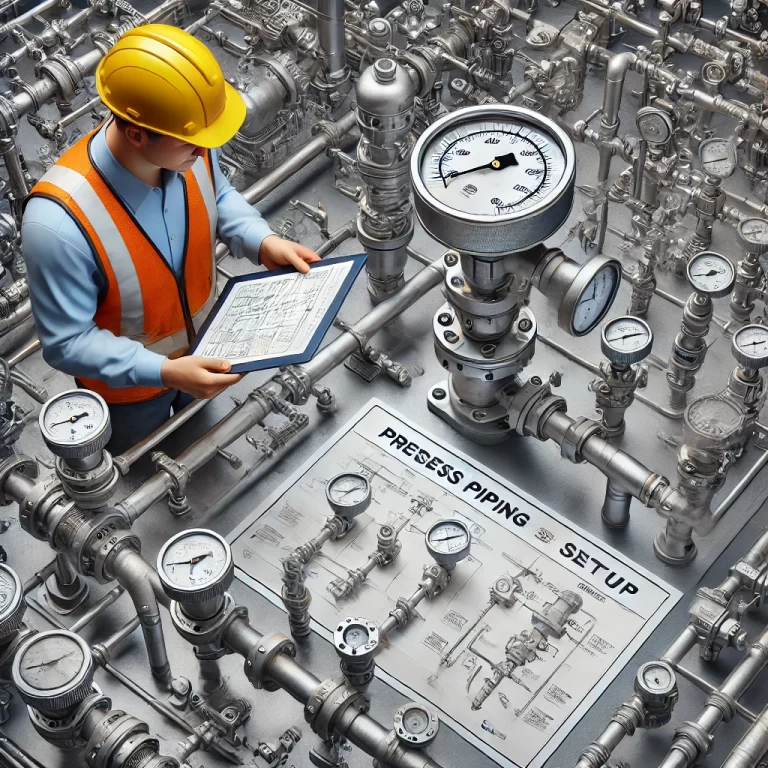Introduction
In process industries such as power generation, chemical manufacturing, and petroleum refining, pressure is a fundamental and critical parameter. It plays a vital role in monitoring equipment status, optimizing thermal systems, and ensuring operational safety.
This article provides a detailed explanation of five common pressure types — gauge pressure, absolute pressure, vacuum, negative pressure, and back pressure — along with their definitions, practical examples, mathematical relationships, and impact on system efficiency.
1. Gauge Pressure (G or MPaG)
Definition:
Gauge pressure is the pressure measured relative to atmospheric pressure. It is the most commonly displayed value on pressure gauges in industrial systems.
Key Point:
When a gauge reads 0 MPaG, it indicates that the internal pressure is equal to atmospheric pressure.
Example:
In a steam pipeline, if the gauge pressure is 9.8 MPaG, it means the pressure inside is 9.8 MPa higher than the local atmospheric pressure. Gauge pressure is widely used for real-time monitoring in boilers, pipelines, and pressure vessels.

2. Absolute Pressure (A or MPaA)
Definition:
Absolute pressure is measured relative to a perfect vacuum. It equals the sum of the gauge pressure and atmospheric pressure.
Absolute Pressure=Gauge Pressure+Atmospheric Pressure
Example:
In a condenser operating under vacuum, if the vacuum level is 95 kPa and local atmospheric pressure is 101 kPa, the absolute pressure inside is:
101 kPa−95 kPa=6 kPa
Absolute pressure is essential for thermodynamic calculations involving steam, gases, and chemical reactions.
3. Vacuum (Vacuum Degree)
Definition:
Vacuum represents a condition where the pressure is lower than atmospheric pressure. Vacuum degree is typically expressed as the difference between atmospheric pressure and absolute pressure.
Vacuum Degree=Atmospheric Pressure−Absolute Pressure
Example:
In a 300 MW steam turbine unit, the condenser is designed to maintain a vacuum degree of over 90 kPa, ensuring rapid steam condensation and maximizing thermal efficiency.

4. Negative Pressure
Definition:
Negative pressure refers to pressure that is less than atmospheric pressure, similar to vacuum, but is usually used to describe pressure difference rather than absolute values.
Key Point:
While vacuum emphasizes how close a system is to a vacuum, negative pressure emphasizes the direction of pressure difference, often applied in airflow and flue gas systems.
Example:
In boiler induced-draft systems, a negative pressure of -500 Pa may be maintained at the flue outlet to prevent smoke leakage, ensuring safety and combustion efficiency.
5. Back Pressure
Definition:
Back pressure is the resistance pressure exerted from the downstream side of a system, which affects the upstream flow.
Key Point:
It does not have a fixed relationship with gauge or absolute pressure but can influence them significantly.
Example:
In steam turbines, excessive back pressure at the exhaust reduces steam expansion, lowering power output. Controlling back pressure is critical for maintaining turbine efficiency.

6. Interrelationship Between Pressure Types
Mathematical Relationships:
Absolute Pressure = Gauge Pressure + Atmospheric Pressure
Vacuum Degree = Atmospheric Pressure – Absolute Pressure
Negative Pressure ≈ Vacuum Degree (but contextually different)
Back pressure does not follow a fixed formula but can influence upstream gauge or absolute pressures when flow is restricted.
Physical Relationships:
Gauge and Absolute Pressure: Fundamental for pressure control and thermal performance.
Vacuum and Negative Pressure: Both imply sub-atmospheric conditions but differ in context and usage.
Back Pressure: Affects flow and equipment performance, particularly in turbines and compressors.

7. Summary
| Pressure Type | Reference Point | Key Usage Example |
|---|---|---|
| Gauge Pressure | Atmospheric Pressure | Steam pipelines, daily monitoring |
| Absolute Pressure | Vacuum (zero pressure) | Thermodynamic calculations |
| Vacuum | Atmospheric vs. Absolute | Condenser vacuum level |
| Negative Pressure | Atmospheric Pressure | Boiler flue systems |
| Back Pressure | Downstream force/resistance | Turbine exhaust control |
Understanding the types and relationships of pressure is crucial for process control, energy efficiency, and system safety. Proper pressure management helps plants achieve stable operations and optimize resource utilization.
